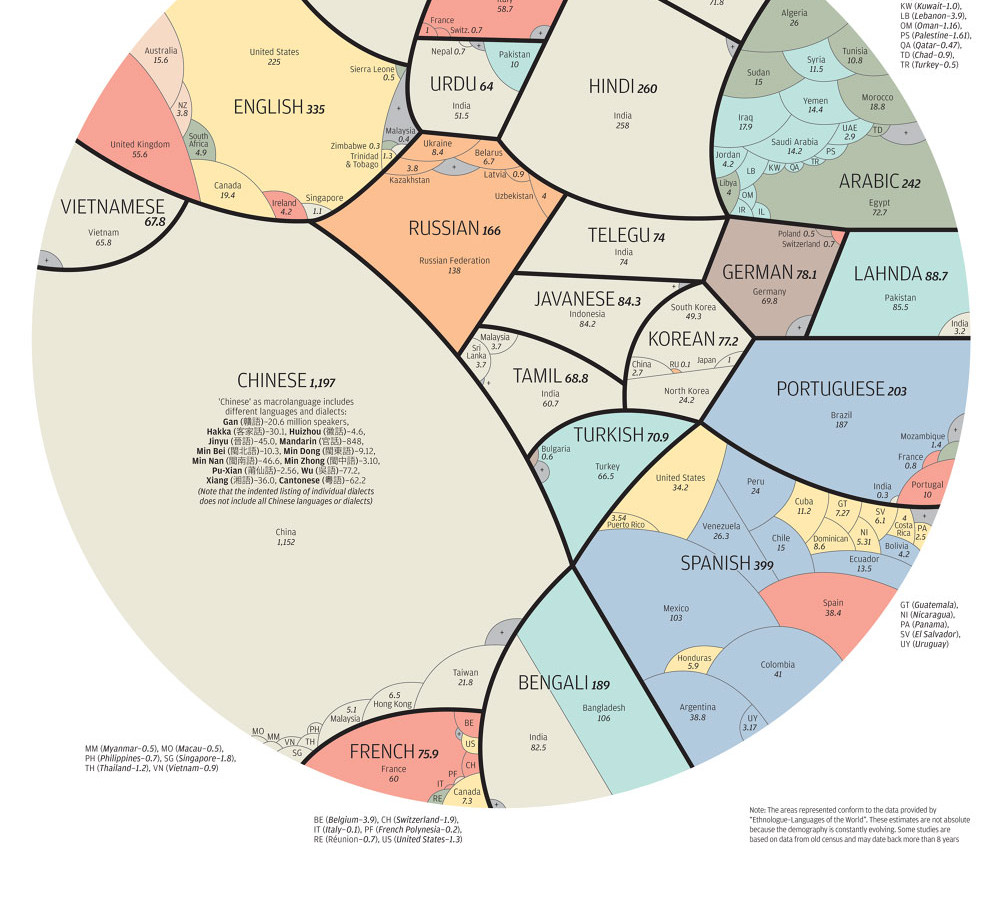Almost all languages in the world have been influenced by another language

Almost all languages in the world have been influenced by another language.

Languages have evolved and developed throughout history, but one common trend is that they rarely exist in isolation. It is fascinating to think about how a language can change and adapt, often through the influence of other languages. In fact, almost all languages in the world have been influenced by another language in some way or another.
The Influence of Migration and Trade
One of the main factors behind language influence is migration. As people move from one place to another, they bring their language along with them. Over time, their language can blend and intertwine with the languages spoken by the local population. This process, known as language contact, leads to the exchange of words, grammar structures, and even pronunciation.

Similarly, trade has played a crucial role in language evolution. When different cultures interact through trade routes, they often find ways to communicate with each other, even if they don’t share a common language. This communication leads to the adoption and incorporation of words and phrases from other languages.
Colonialism and Globalization
Historical events such as colonialism have left a profound impact on the languages spoken today. European colonial powers spread their languages across the globe, and their influence can still be felt in former colonies. For instance, many African, Asian, and Caribbean countries have European languages as their official languages or widely spoken second languages. The indigenous languages of these regions have also absorbed numerous loanwords and grammatical features from the colonizers’ languages.
The phenomenon of influence continues to this day with globalization. As globalization connects people from different parts of the world, the exchange of ideas, cultures, and languages becomes more prevalent. This ongoing contact between languages leads to further borrowing, adaptation, and influence.
The Case of English
English stands as a prime example of a language influenced by others. It has absorbed words and expressions from various languages, making it a rich and diverse language. Words from Latin, French, and German, among other languages, have become an integral part of English vocabulary. English has also been a key influencer, with its global reach and dominance leading to the adoption of English words in other languages.
Preserving Language Diversity
While language influence is inevitable, it is important to acknowledge the significance of preserving language diversity. Each language carries unique cultural traditions, ways of thinking, and perspectives. Language revitalization efforts are vital to ensuring that languages facing extinction can be preserved for future generations.
In conclusion, the influence of one language on another is a common occurrence throughout history. Migration, trade, colonization, and globalization have all contributed to this linguistic phenomenon. From the adoption of loanwords to the influence on grammar and pronunciation, languages constantly evolve and change through interaction. Understanding the interconnectedness of languages creates a sense of appreciation for the richness and diversity of the world’s linguistic heritage.
Sources:
Tags
Share
Related Posts
Quick Links
Legal Stuff

